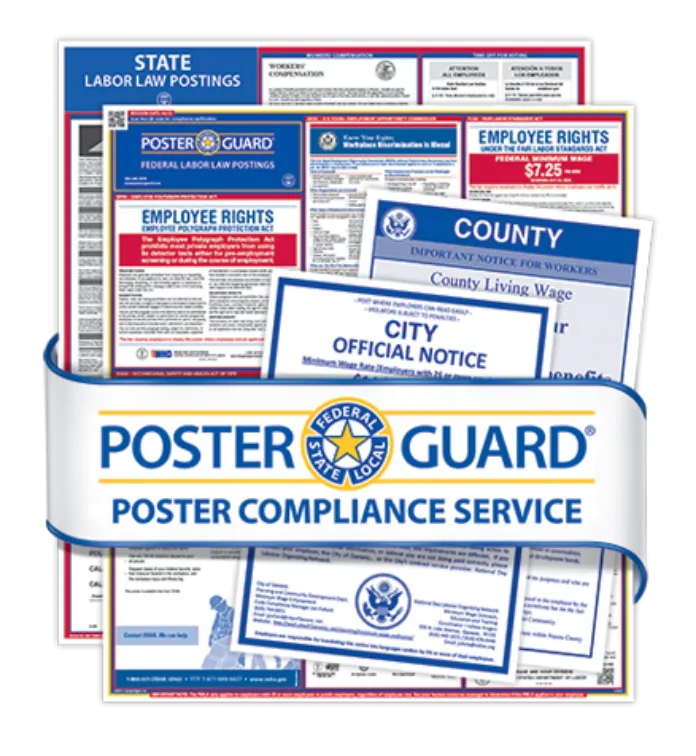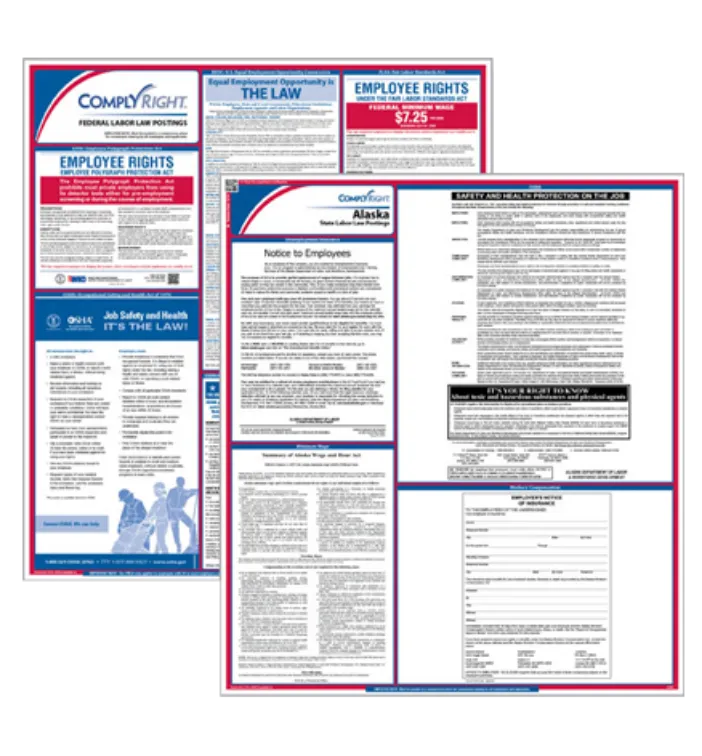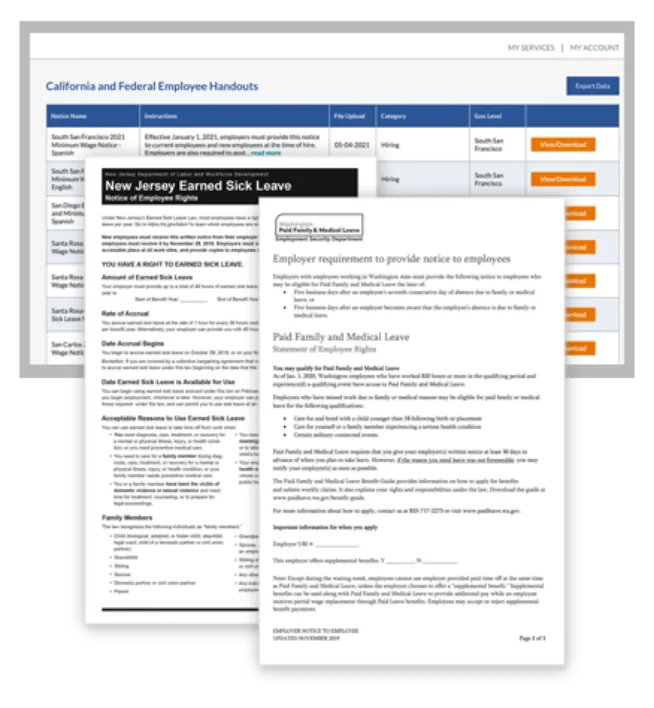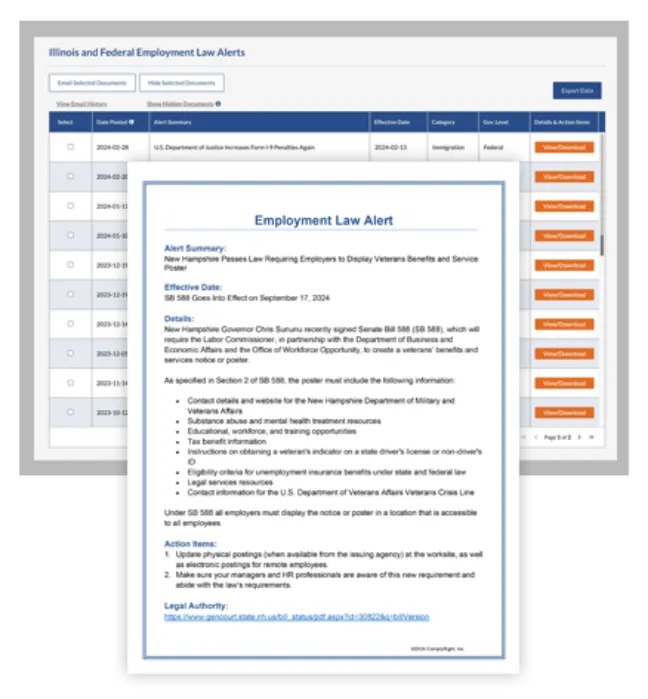In a recent development, a U.S. district judge in Texas issued a ruling that halts the implementation of the new National Labor Relations Board (NLRB) joint-employer rule. This decision, made on March 8, 2024, is prompting employers across various industries to take a closer look at their legal responsibilities and obligations.
Understanding the NLRB Ruling and its Implications
Judge J. Campbell Barker's recent ruling invalidated the 2023 joint-employer rule, originally set to take effect on March 11, 2024. In his decision, Judge Barker expressed concerns about the lack of clarity in the new rule and criticized the seemingly arbitrary decision to revoke the previous regulation.
Under the new NLRB joint-employer rule that's now blocked, a broader scope of employers would have been classified as “joint employers,” potentially increasing liability under various wage and hour laws.
Had the blocked rule been enforced, it would have fundamentally altered the dynamics between employers, staffing agencies and subcontractors. Employers, particularly those who rely on these arrangements, faced the prospect of being classified as joint employers. This classification would have entailed negotiating with employees over various terms and conditions, potentially reshaping the landscape of labor relations.
Impact on Employers and the Workforce
For now, the determination of joint-employer status will follow the 2020 rule, which requires "substantial direct and immediate control" over another company's employees for classification.
Understanding joint-employer status is vital, especially for industries reliant on subcontracting or franchising. In hospitality, hotels contracting cleaning services may face joint employer liability, impacting their finances and reputation. Retail franchisors providing guidance to franchisees may also face classification risks, affecting franchise relationships and operations. Similarly, in sectors using staffing agencies, employers could face joint employer status, increasing liability for labor violations.
The blocked rule's impact extends beyond compliance, affecting business relationships and risk management across industries.
Navigating Forward with Joint Employer Classification
The NLRB now faces several options: 1) appeal the district court’s ruling, 2) rescind the 2020 rule to reinstate the pre-2020 joint employer standard (and address future joint employer issues on a case-by-case basis), or 3) issue a new and revised joint employer rule.
While this recent development introduces uncertainty, we remain committed to providing timely updates and recommendations. Please stay tuned for further developments and guidance as this issue unfolds.







